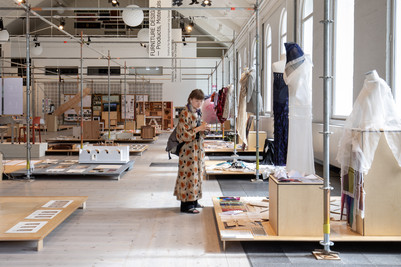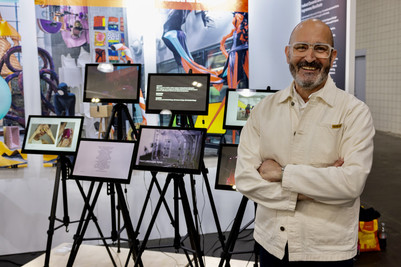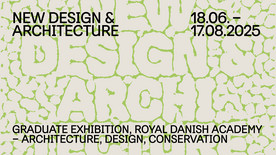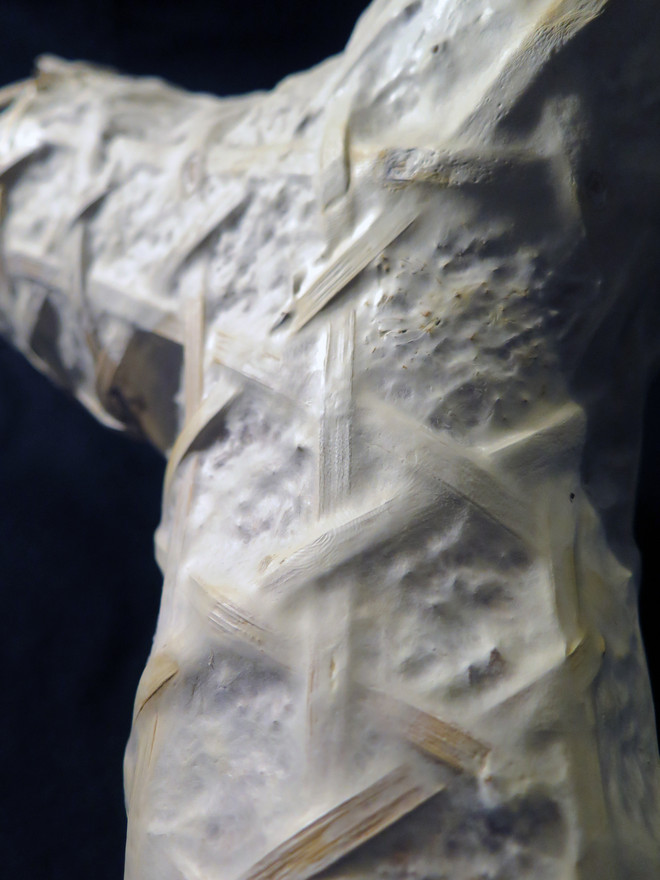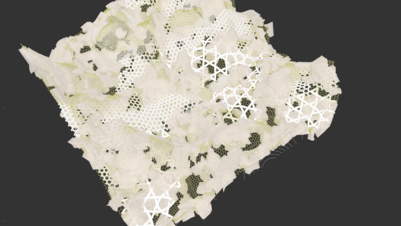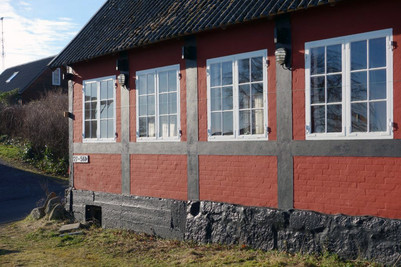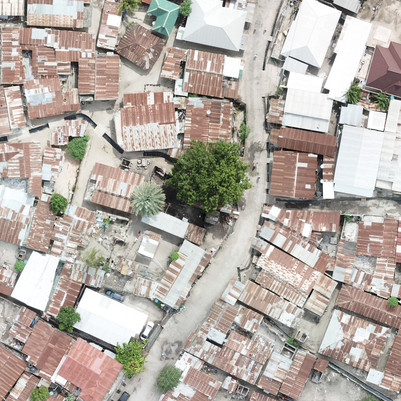
New biohybrid architecture professorship at the Royal Danish Academy
The Royal Danish Academy is setting up a new professorship in biohybrid architecture. This will be the first of its kind in Denmark and will cultivate the budding field of research that links living organisms to digital and technical components. Phil Ayres, architect and associate professor, will join the staff in 2022.
How is it possible to develop architectural solutions based on fungal mycelia that grow over time? Or create new materials and spaces by linking robots and biological plants?
From 1 January 2022, the Royal Danish Academy will create a new professorship in the field of biohybrid architecture, tasked, inter alia, with exploring these issues in more detail.
British-born architect and researcher Phil Ayres will manage the position. This will be the first professorship in biohybrid architecture, both at the Academy and in Danish education and research.
Keener focus on bio-based architecture
“I’m delighted that this professorship will enable us to intensify our focus on bio-based architecture. We’re facing a future where the industrial biotech sector will see substantial growth, so we must be at the cutting edge of this field, in terms of architecture and construction, too,” states Jakob Brandtberg Knudsen, Dean of Architecture.
High international calibre
Natalie Mossin, Head of the Institute of Architecture and Technology where the professorship will be based, is also excited about the prospects:
“Phil Ayres’ research experience is of high international calibre, and he is a force to be reckoned with in developing the field internationally. At the same time, he’s an excellent educator who deeply appreciates interdisciplinary cooperation. He’s the perfect person to incorporate biohybrid architecture into our study and research programmes, as this will benefit our students here at the Royal Danish Academy, our research environments and our cooperation with external partners.”
New interdisciplinary study options
Phil Ayres began working at the Centre for IT and Architecture (CITA) at the Royal Danish Academy in 2009 and became an associate professor in 2012. His research is rooted in international research projects, including the European Horizon 2020 research programme.
As professor, Phil Ayres will be responsible for developing the research activities at the Academy’s biolabs, strengthening them as educational environments in the field of biohybrid architecture, and creating new interdisciplinary study options at bachelor’s degree, master’s degree and PhD levels.
New green field of research
Biohybrid architecture is a budding area that investigates the link between technical elements and live organisms with a view to exploiting new sustainable architectural options.
The field focuses on incorporating the characteristics and dynamism of living biological systems – such as growth, self-repair, decision-making and resource balancing – which paves the way for brand-new opportunities to invent architectural technologies, thus widening architectural theory and practice.
This is because the preliminary biohybrid architectural solutions will require brand-new ways of designing, producing and maintaining.
This could be through the interplay of digital technology and fungal mycelia aimed at designing architecture and places that can grow over time.
Phil Ayres’ research is rooted in cross-departmental Horizon 2020 projects, including:




